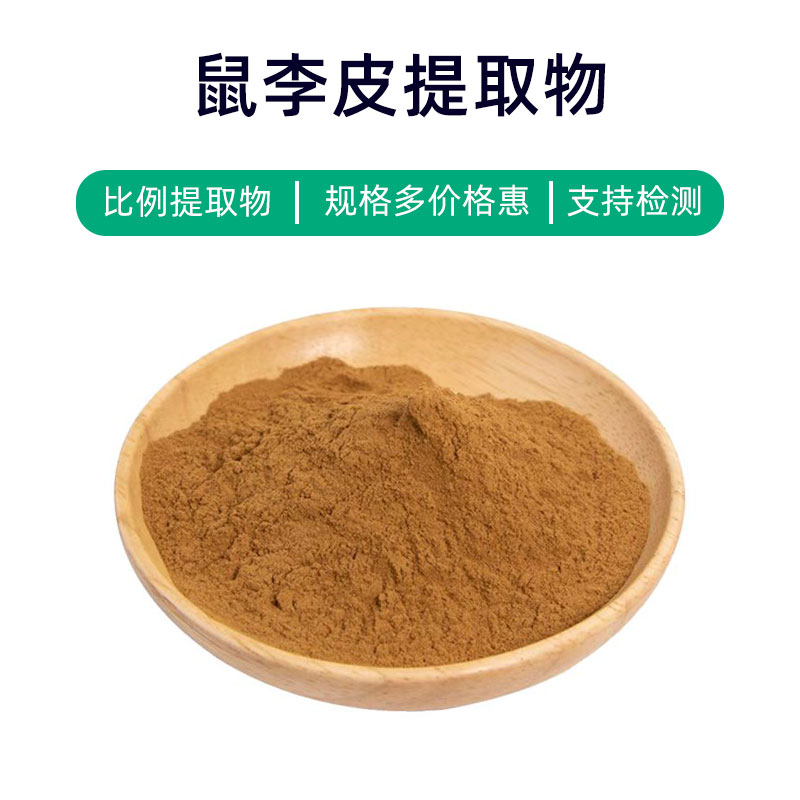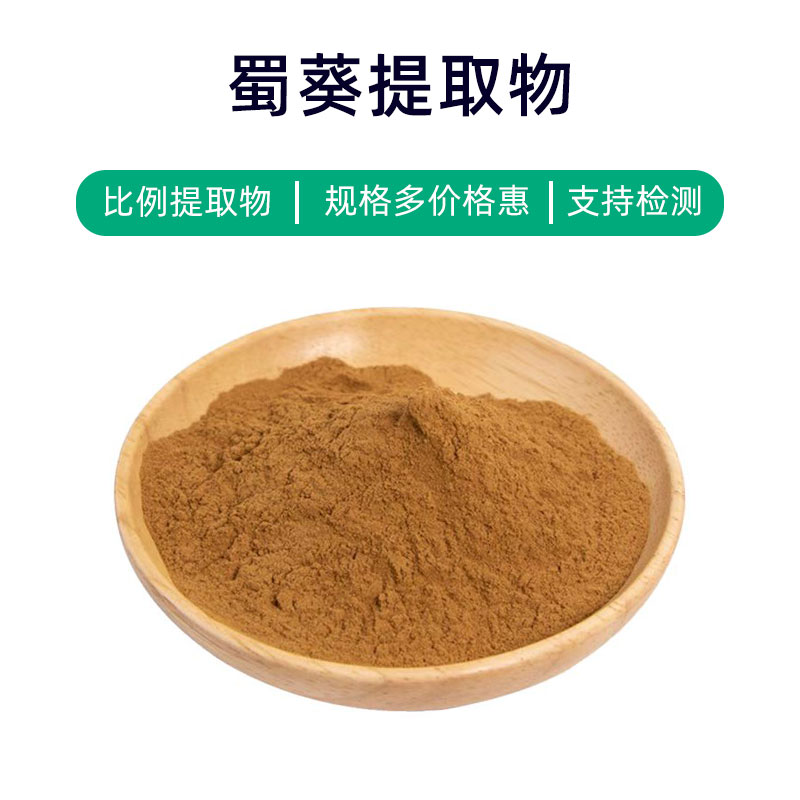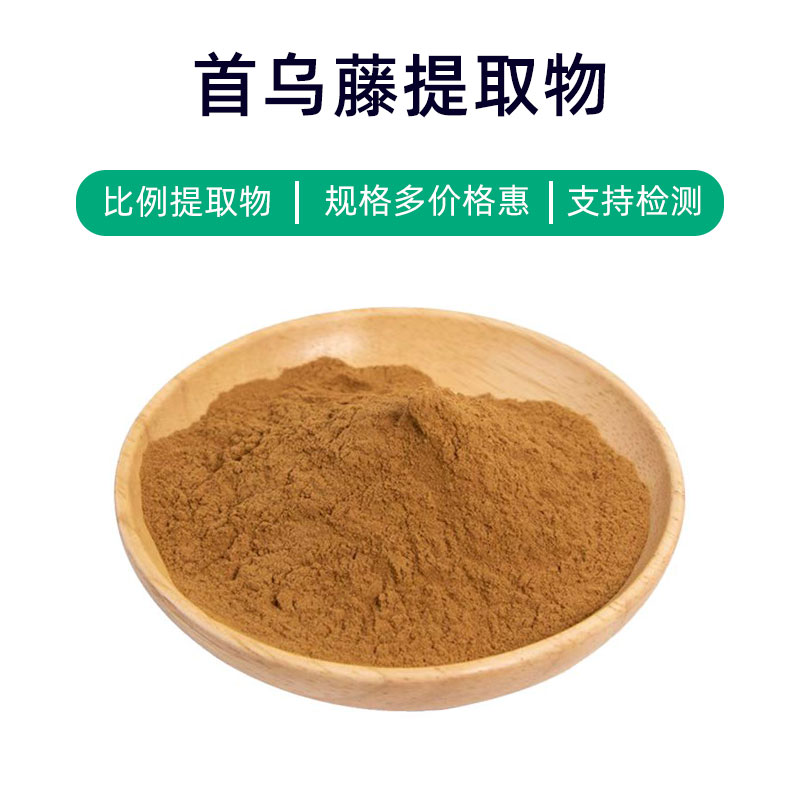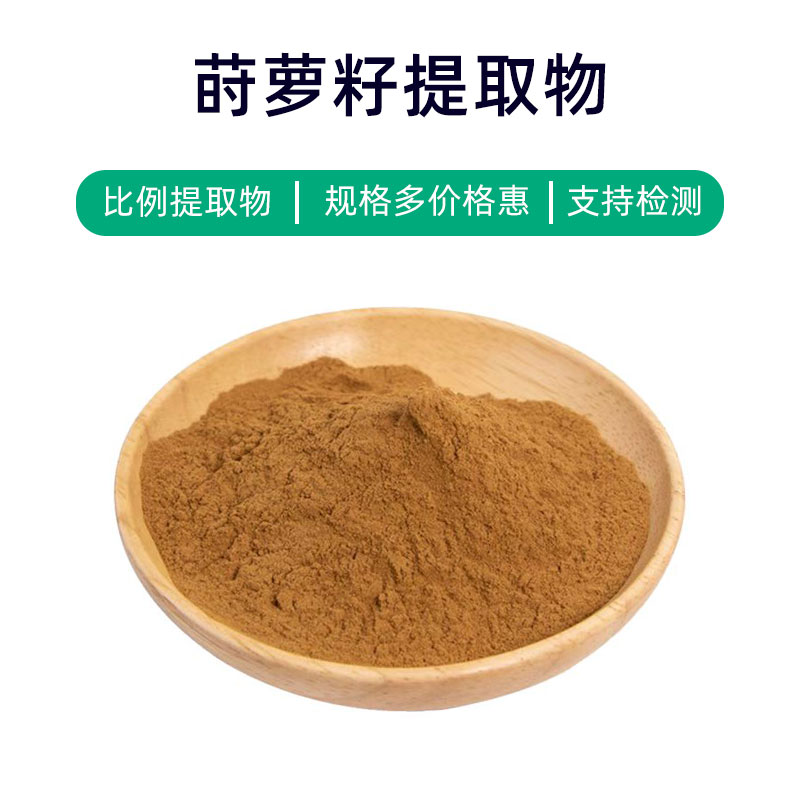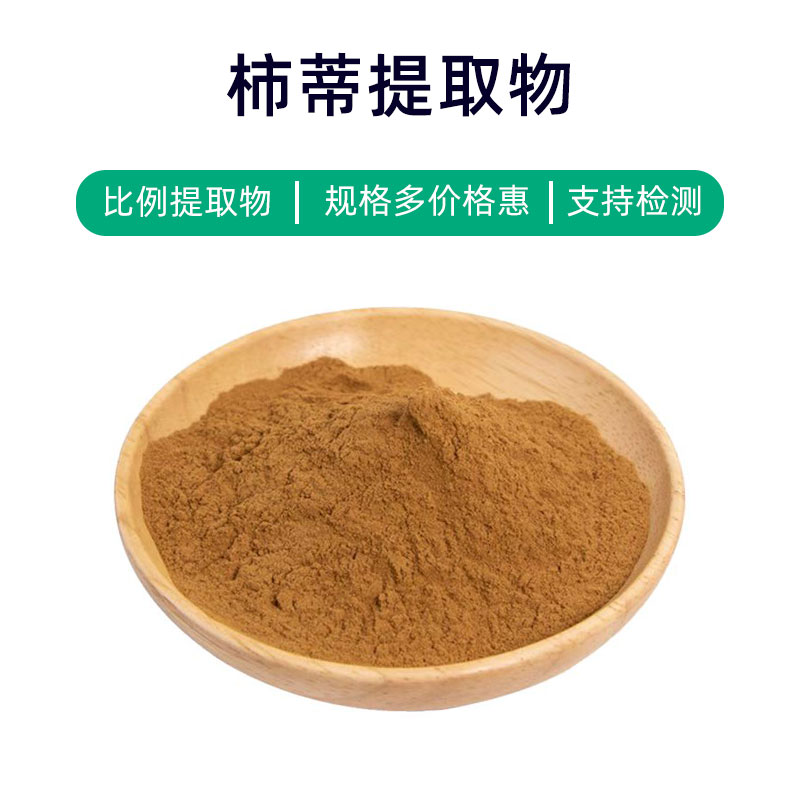Introduction to Horsetail Extract
Horsetail extract is a natural plant extract derived from the herbaceous plant Equisetum arvense, containing primary components like silicates, alkaloids, and flavonoids. It finds extensive applications in pharmaceuticals, dietary supplements, and cosmetics.
In the pharmaceutical field, horsetail extract is used for treating joint pain and rheumatic conditions. Its silicate content aids in promoting bone health and slowing down the progression of osteoporosis. Additionally, horsetail extract is believed to have antibacterial and anti-inflammatory properties, helping prevent and alleviate skin infections and inflammation.
In dietary supplements, horsetail extract is formulated into oral supplements aimed at improving kidney function, promoting urine excretion, and nourishing hair and nails. Its rich mineral and antioxidant content enhances the body’s antioxidant capacity, slowing the aging process.
In cosmetics, horsetail extract is commonly used in skincare products, known for its ability to tighten pores, balance oil secretion, soothe skin inflammation, and provide hydration. Being a natural plant extract, it is generally considered gentle on the skin and suitable for all skin types.
Overall, horsetail extract, as a natural plant extract, has broad application prospects in the fields of medicine, dietary supplements, and cosmetics, providing beneficial support for health and beauty.
Manufacturing Process of Horsetail Extract
The manufacturing process for horsetail extract typically includes the following main steps:
- Raw Material Preparation: Fresh horsetail (Equisetum arvense) is collected as the raw material. The collected horsetail should meet certain growth period and quality requirements, typically harvested during the plant's active growth phase.
- Cleaning and Processing: The collected horsetail must be cleaned and processed to remove surface impurities and contaminants. This step usually involves soaking and rinsing with clean water to ensure the horsetail is clean and hygienic.
- Crushing and Grinding: The cleaned horsetail undergoes crushing and grinding to transform it into a powder suitable for extraction. Mechanical grinding equipment is used to process the horsetail into appropriately sized particles.
- Extraction Process: The crushed horsetail powder is extracted with a suitable solvent (e.g., water, ethanol). Traditional methods such as steeping, cold infusion, and hot infusion can be used, as well as modern techniques like ultrasonic and microwave extraction.
- Filtration and Concentration: The extracted mixture undergoes filtration to remove residues and solid particles, resulting in a clear extraction liquid. This extract is then concentrated through evaporation to remove the solvent, yielding a concentrated horsetail extract.
- Refinement and Purification: The concentrated extract can undergo further refinement and purification to remove impurities and enhance the purity and quality of the product.
- Drying and Packaging: Finally, the refined and purified horsetail extract needs to be dried to reduce moisture content, improving stability and shelf life. The dried product can be packaged as needed to ensure its quality and safety.
Throughout the manufacturing process, strict control of operational parameters and conditions is required to ensure the quality and stability of the extract. Additionally, the production process must adhere to relevant quality management systems and standards to ensure the product meets national and industry requirements.
Benefits and Side Effects of Horsetail Extract
As a natural plant extract, horsetail extract has extensive applications in traditional herbal medicine and modern medicine. Below are its main benefits and effects:
- Antioxidant Effects: Rich in various natural antioxidants, such as flavonoids and polyphenols, horsetail extract helps eliminate free radicals and protects cells from oxidative damage.
- Anti-inflammatory Effects: Horsetail extract contains multiple anti-inflammatory compounds that can inhibit the occurrence and development of inflammatory responses, alleviating pain and discomfort associated with inflammation.
- Antimicrobial Effects: It has notable antibacterial, antifungal, and antiviral properties suitable for preventing and treating diseases caused by various bacterial, fungal, and viral infections.
- Immune Regulation: Horsetail extract can modulate immune functions, enhancing the body's resistance and improving immune system defense against diseases.
- Antitumor Effects: Some studies suggest that active compounds in horsetail extract may inhibit tumor cell growth and spread, indicating potential antitumor effects.
- Blood Sugar Regulation: Certain components in horsetail extract can help regulate blood sugar levels, providing auxiliary treatment for diabetes patients.
- Lipid-lowering Effects: Some active ingredients in horsetail extract can regulate lipid metabolism, lowering lipid levels and helping to prevent and improve hyperlipidemia and other cardiovascular diseases.
- Liver Protection: Horsetail extract is known for its liver-protective effects, promoting the regeneration and repair of liver cells while preventing and treating liver diseases.
Though horsetail extract has various benefits, it's essential to be aware of potential side effects and contraindications. Some individuals may be allergic to certain components in horsetail extract, leading to adverse reactions. Allergy tests are recommended before use. Additionally, since horsetail extract may affect physiological indicators like blood sugar and blood lipids, specific populations, such as diabetes and cardiovascular disease patients, should use it cautiously under medical supervision.
Applications and Dosage of Horsetail Extract
Horsetail extract has broad applications in the fields of medicine, food, and cosmetics. Below are its uses and recommended dosages in different areas:
- Pharmaceuticals:
- Applications: Often used in preparing traditional Chinese medicine formulations, such as oral liquids, capsules, and granules, for treating various infectious diseases, inflammatory conditions, and immune system disorders.
- Dosage: Generally, oral liquids are taken at 10-20 ml three times daily; capsules are taken 2-3 capsules two to three times per day; granules are taken one packet three times per day. Specific dosages should be adjusted based on the patient's age, condition, and physician recommendations.
- Food:
- Applications: Commonly used as a natural preservative and antioxidant in foods, extending shelf life while preserving nutritional quality and taste.
- Dosage: Added according to the type of food and required dosage, typically around 0.05-0.1 grams per kilogram of food.
- Cosmetics:
- Applications: Known for its antioxidant, anti-inflammatory, and moisturizing properties, horsetail extract is often included in skincare products, masks, and shampoos to improve skin issues and protect skin health.
- Dosage: Depending on the formulation requirements, typically 0.1-1 gram per hundred grams of cosmetic product.
- Other Applications:
- Horsetail extract can also be used to prepare disinfectants, detergents, and other household cleaning products with antibacterial, anti-inflammatory, and cleaning properties.
- Dosage: Used according to the specific product formula and purpose, generally following the instructions provided in the product manual.
It is essential to ensure the purity and quality of horsetail extract across applications, strictly following product instructions or physician recommendations to avoid exceeding dosages or prolonged use that could lead to adverse effects. Pregnant women, nursing mothers, and children should consult a doctor before use.
Overview of the Source Plant of Horsetail Extract, Distribution, and Growth Environment
Horsetail (scientific name: Equisetum arvense), also known as field horsetail, is an ancient fern-like plant belonging to the Equisetaceae family. The following introduces the source plant, distribution, and growth environment of horsetail.
Source Plant:
Horsetail is a primitive, slender plant typically found at or near the ground level in moist environments. It features hollow stems, elongated internodes, and small green leaves that do not contain chlorophyll. Its growth form resembles that of other species in the Equisetum genus, though they are not closely related.
Distribution:
Horsetail is widely distributed across the temperate and cold regions of the Northern Hemisphere, especially in various ecosystems in Europe, North America, and Asia. In Europe and North America, it typically grows in open grasslands, riverbanks, wetlands, along streams, and forest edges. In Asia, it can also be found on slopes, fields, roadsides, and desert areas.
Growth Environment:
- Moist Environments: Horsetail prefers moist habitats, such as wetlands, riverbanks, and lakeshores. It can adapt to varying moisture levels but generally favors relatively damp places.
- Moderate Light: Horsetail grows well in moderate light conditions, usually found in partially shaded environments, but can also adapt to fully sunlit areas.
- Nutrient-rich Soil: While horsetail has low soil requirements, it thrives in moist, well-draining soils rich in organic matter.
- Low-acid Soil: It prefers soils that are neutral, showing better growth effects in slightly neutral soils.
Overall, horsetail is a resilient and widely distributed plant that flourishes in diverse ecological environments. Its growth conditions and distribution range are influenced by geographic, climatic, and soil factors.
Processing and Storage of Horsetail Extract
The processing of horsetail extract generally involves the following steps: First, fresh horsetail is collected and cleaned to remove impurities; next, the horsetail is crushed or ground to enhance extraction efficiency; thereafter, suitable extraction methods (such as water or ethanol extraction) are employed to extract the target components; finally, through filtration, concentration, and drying processes, the extract is obtained.
For storage, horsetail extract should be kept in a dry, cool, and dark environment to prevent moisture and sunlight from causing quality changes. It is also best to minimize exposure to oxygen and other pollutants, potentially using sealed containers for storage to extend its shelf life. Under appropriate conditions, horsetail extract can typically remain effective for several years, but regular checks and tests are recommended before use to ensure its quality and efficacy.
Monica Sun is a seasoned expert in the plant extraction industry with over a decade of experience in research and production. She specializes in the extraction and purification of plant active ingredients, focusing on driving innovation in natural product applications. Monica has participated in the development of multiple functional plant extracts, delivering high-value natural raw material solutions for the health food, pharmaceutical, and dietary supplement sectors.









